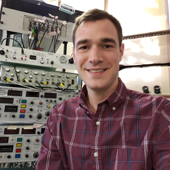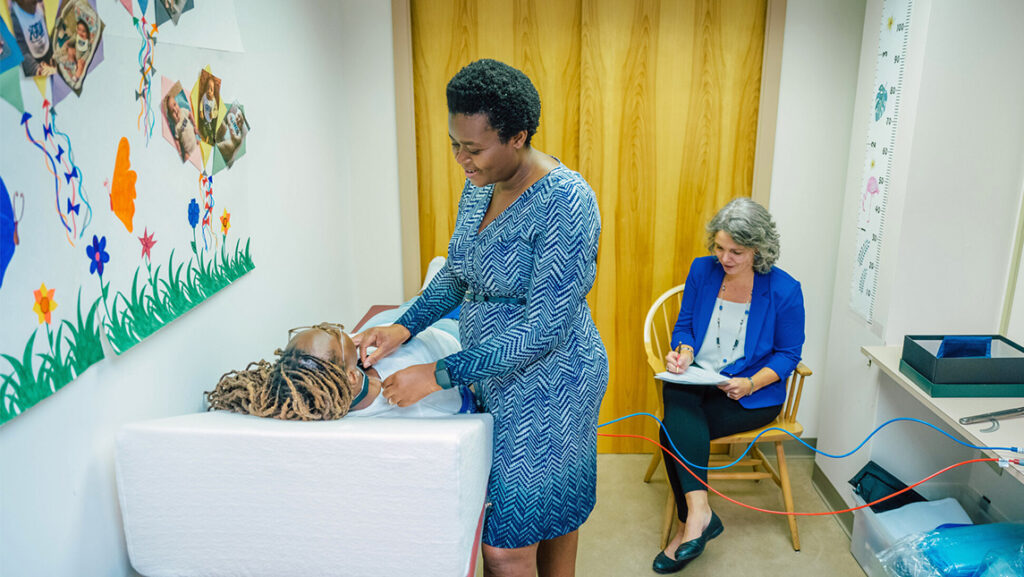
Dr. Joseph Santin (Biology) received new funding from the NIH National Institute of Neurological Disorders and Stroke for the project Homeostatic plasticity mechanisms regulate behavior in vivo.”
A remarkable trait of the healthy brain is that it can generate stable behaviors that last for decades. When this fails to occur, a range of neurological disorders follow. An emerging view is that neurons can sense disturbances in their activity and then make compensatory adjustments to stabilize their function. The mechanisms underlying diverse forms of, so-called, “homeostatic plasticity” have improved our understanding of how neurons may remain stable in an ever-changing environment.
Despite much progress, how these processes work in the intact brain to produce behaviors across the lifespan remains largely unknown, and therefore, represents a major gap in basic neurobiology. The researchers address this issue using an innovative model where there exists a direct relationship between homeostatic compensation in neurons and regulation of a tractable behavior during adult life: the respiratory motor system in frogs.
For long periods each year, motor circuits that control breathing in these animals are inactive because they hibernate in water and do not breathe air. The researchers recently discovered this environment leads to adaptive changes in motoneurons that allow the circuit to work appropriately when animals must breathe again after months of inactivity, thereby linking plasticity that stabilizes neuronal function to a vital and tractable behavior.
Here, the researchers exploit this system to test three hypotheses that address the central question of how homeostatic mechanisms arise in vivo to support adaptive behavior. Based on the researchers’ preliminary data, they hypothesize that (1) this network relies on multiple forms of intrinsic and synaptic motor plasticity to generate appropriate output, (2) intrinsic and synaptic compensation follow unique time courses during inactivity due to distinct gene regulatory networks, and (3) activity and environmental stimuli interact to differentially regulate intrinsic and synaptic compensation.
These hypotheses will be tested with an integrative approach that blends patch clamp electrophysiology to measure plasticity at the cellular level, single-cell RNA sequencing and quantitative PCR to link gene expression to physiology, electromyography to measure neuromuscular function in vivo, and extracellular recording to assess function of intact circuits. Overall, this work will inform how neurons integrate multiple forms of plasticity to produce essential behaviors, a goal that must be achieved to understand how circuit function remains healthy throughout life in many individuals but fails in others to cause disease.


